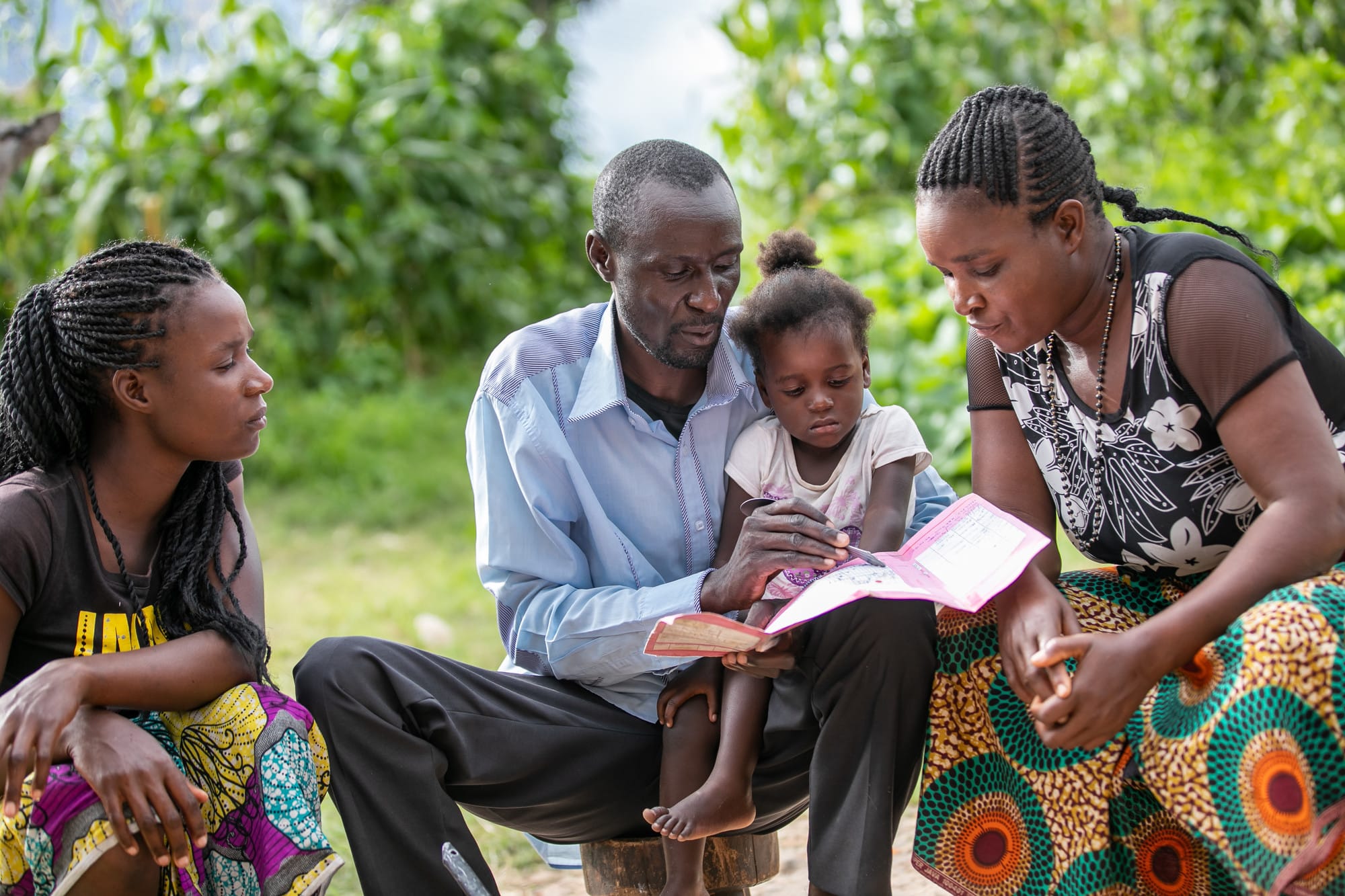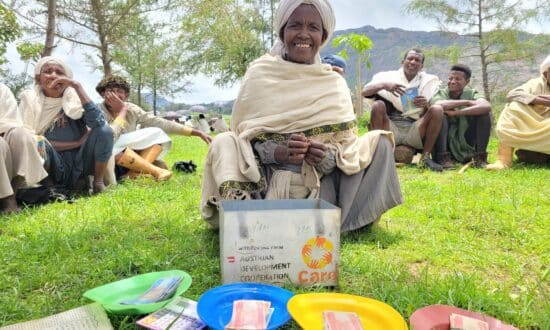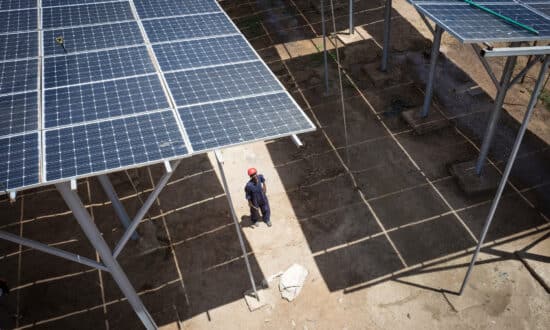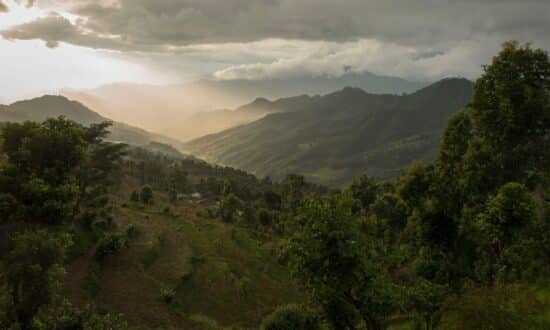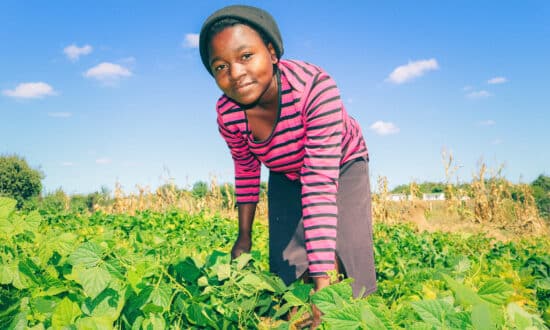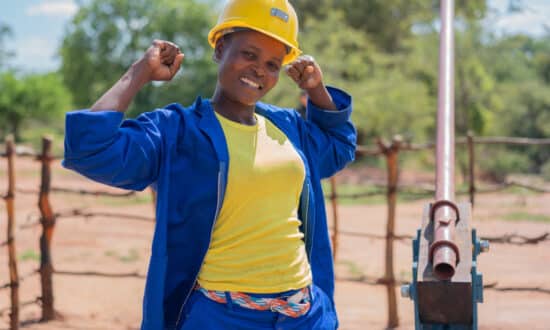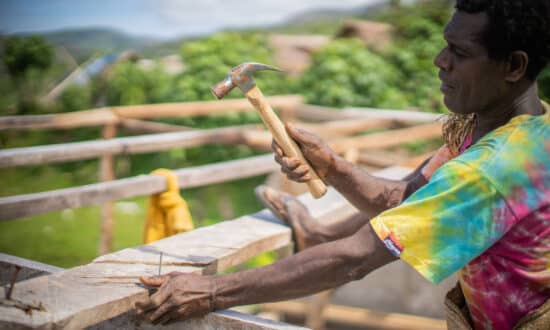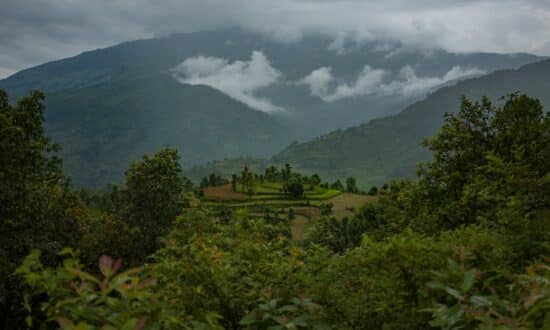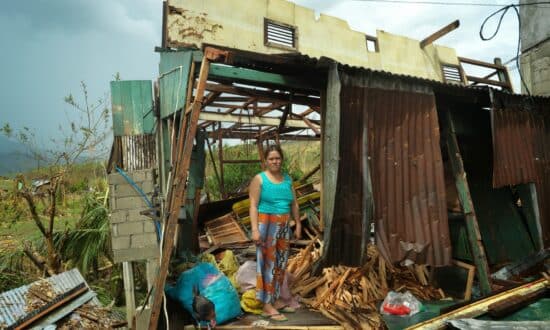CARE defines formal climate-relevant decision-making spaces or processes as officially recognized forums or mechanisms for engagement, convened and led by public authorities (including traditional authorities). In these spaces, those responsible for setting the agenda, facilitating discussions, and making decisions also hold the authority to implement formal outcomes.
Informal climate-relevant decision-making spaces or processes, on the other hand, are not officially recognized and typically carry less power. These are often convened and led by community members, civil society organizations, or the private sector, and do not have formal authority to make binding decisions.
Examples of active participation in formal climate-relevant decision-making spaces:
- Women are participating in community, multi-annual planning and budgeting meetings and pushing for inclusion of activities to prepare for disaster and enhance land-use planning.
- Representatives of marginalized groups are participating in a consultation meeting for NAP (National Adaptation Plan) and have an official time slot for presenting their messages on the agenda.
- Women being part of the natural resource committee, which discusses how to prevent erosion and restore rangelands. Each participant has time to express their opinion during the meeting.
Examples of active participation in informal climate-relevant decision-making spaces:
- Youth taking part in the community-based adaptation process, participating in decision-making about adaptation options that will affect their future livelihoods.
- Pastoralists are a part of the clan meeting that decides on the usage of scarce water resources between clans during the dry season, and they can voice their water needs to the group.
- Women being part of a VSLA group/s, making decisions on investments that are increasing resilience to climate change (like investments in irrigation, income diversification, etc.).
